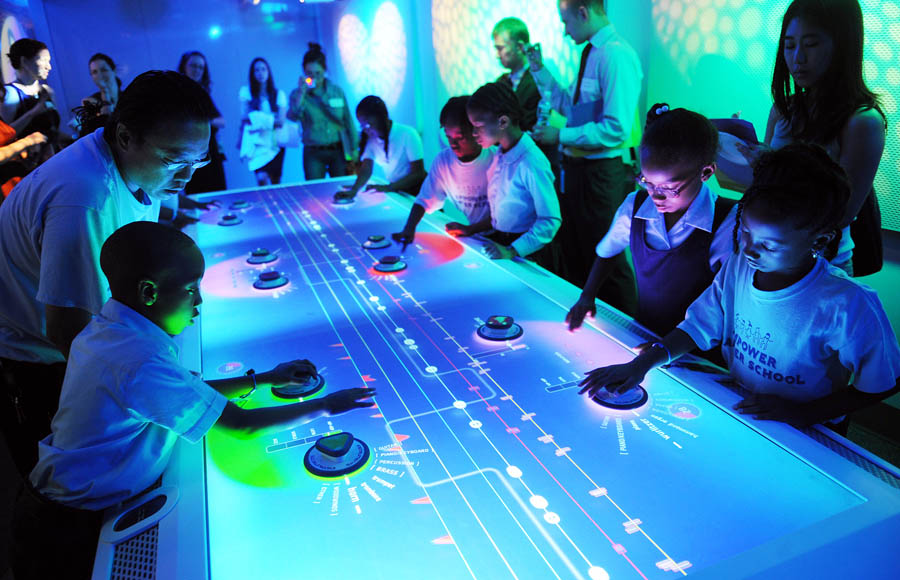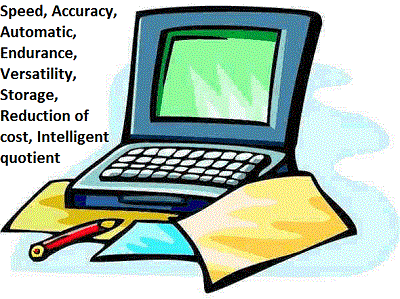Two types of number systems are:
Characteristics
Characteristics
1AF16 = (1 x 162) + (A x 161) + (F x 160)
= 1 x 256 + 10 x 16 + 15 x 1
= 256 + 160 + 15
= 43110
- Non-positional number systems
- Positional number systems
- Non-positional number systems
- Characteristics
Use symbols such as I for 1, II for 2, III for 3, IIII for 4, IIIII for 5, etc.
Each symbol represents the same value regardless of its position in the number .
The symbols are simply added to find out the value of a particular number.
- Difficulty
It is difficult to perform arithmetic with such a number system
- Positional Number Systems
Use only a few symbols called digits
These symbols represent different values depending on the position they occupy in the number
The value of each digit is determined by:
1. The digit itself
2. The position of the digit in the number
3. The base of the number system
(base = total number of digits in the number system)
The maximum value of a single digit is always equal to one less than the value of the base.
- Decimal Number System
- A positional number system
- Has 10 symbols or digits (0, 1, 2, 3, 4, 5, 6, 7, 8, 9). Hence, its base = 10
- The maximum value of a single digit is 9 (one less than the value of the base)
- Each position of a digit represents a specific power of the base (10)
- We use this number system in our day-to-day life
Example
258610 = (2 x 103) + (5 x 102) + (8 x 101) + (6 x 100)
= 2000 + 500 + 80 + 6
- Binary Number System
Characteristics
- A positional number system
- Has only 2 symbols or digits (0 and 1). Hence its base = 2
- The maximum value of a single digit is 1 (one less than the value of the base)
- Each position of a digit represents a specific power of the base (2)
- This number system is used in computers
Example
101012 = (1 x 24) + (0 x 23) + (1 x 22) + (0 x 21) x (1 x 20) = 16 + 0 + 4 + 0 + 1 = 2110
20578 = (2 x 83) + (0 x 82) + (5 x 81) + (7 x 80)
= 1024 + 0 + 40 + 7
= 107110
- Octal Number System
- A positional number system
- Has total 8 symbols or digits (0, 1, 2, 3, 4, 5, 6, 7). Hence, its base = 8
- The maximum value of a single digit is 7 (one less than the value of the base
- Each position of a digit represents a specific power of the base (8)
- Since there are only 8 digits, 3 bits (23 = 8) are sufficient to represent any octal number in binary
20578 = (2 x 83) + (0 x 82) + (5 x 81) + (7 x 80)
= 1024 + 0 + 40 + 7
= 107110
- Hexadecimal Number System
Characteristics
- A positional number system
- Has total 16 symbols or digits (0, 1, 2, 3, 4, 5, 6, 7, 8, 9, A, B, C, D, E, F). Hence its base = 16
- The symbols A, B, C, D, E and F represent the decimal values 10, 11, 12, 13, 14 and 15 respectively
- The maximum value of a single digit is 15 (one less than the value of the base)
- Each position of a digit represents a specific power of the base (16)
- Since there are only 16 digits, 4 bits (24 = 16) are sufficient to represent any hexadecimal number in binary
1AF16 = (1 x 162) + (A x 161) + (F x 160)
= 1 x 256 + 10 x 16 + 15 x 1
= 256 + 160 + 15
= 43110



-970-80.JPG)































